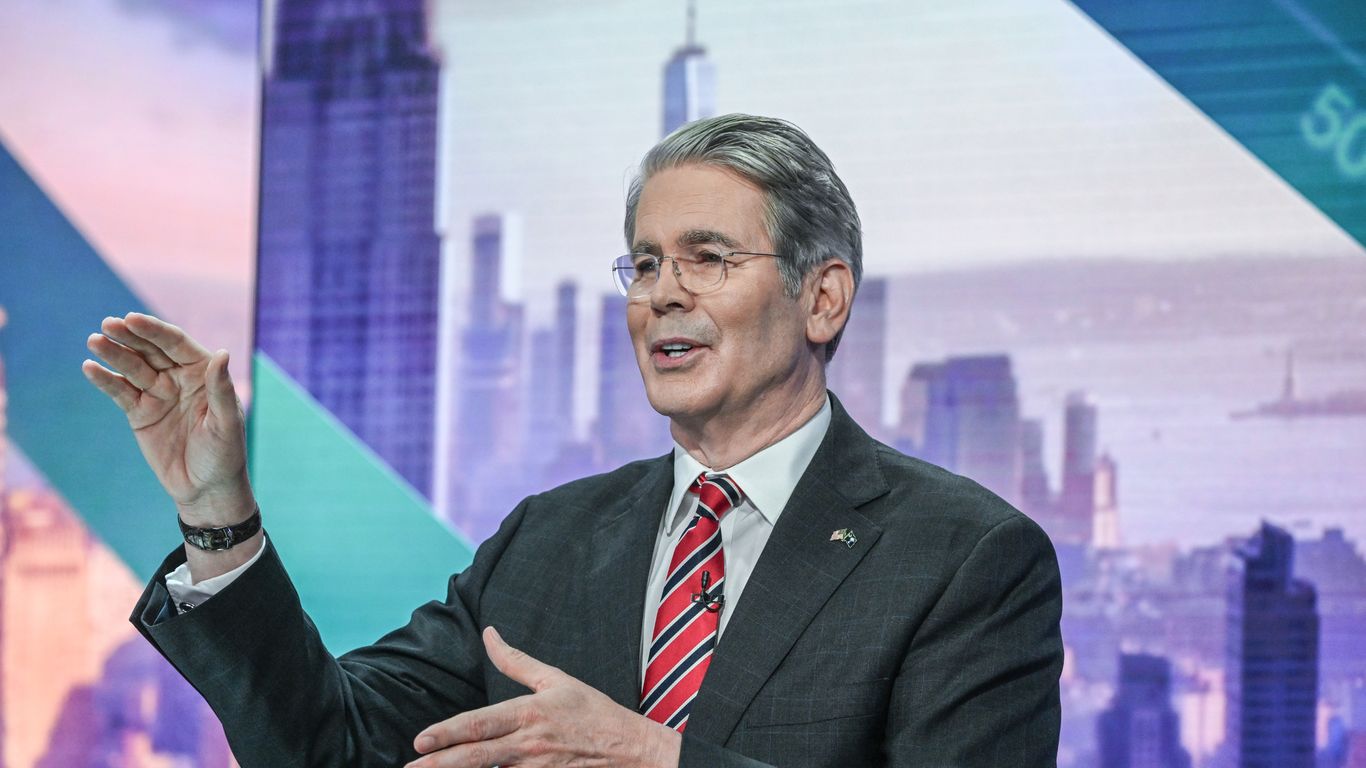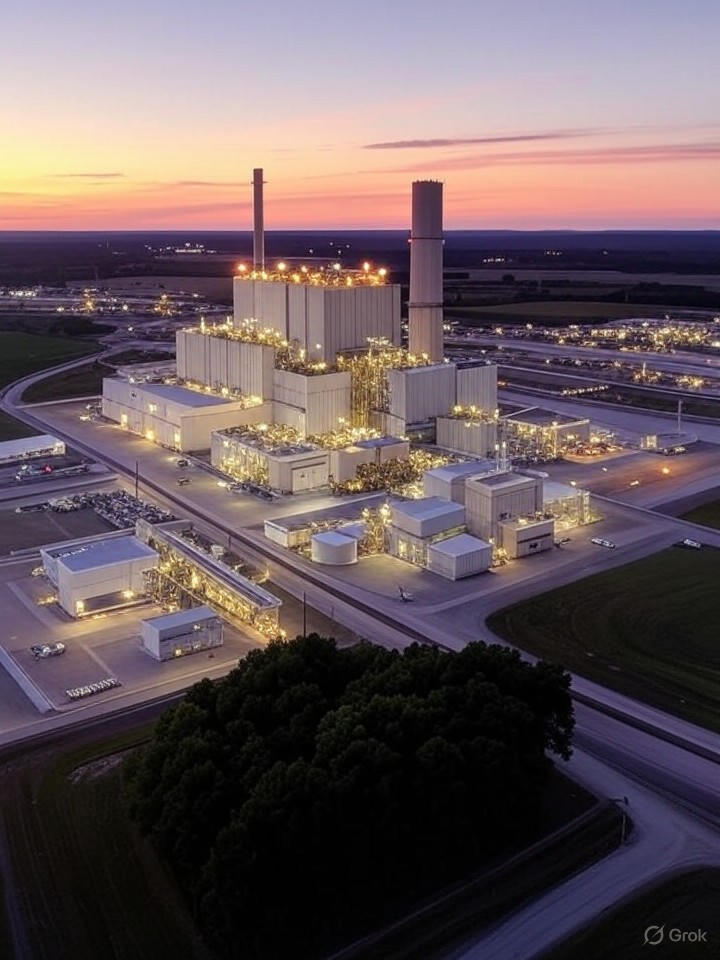U.S. Tariffs to Revert to April Levels by August 1 Without New Deals

Countries that fail to secure trade deals with the United States by August 1 will see tariff rates revert to levels announced in April, Treasury Secretary Scott Bessent stated on Sunday. This announcement effectively sets a new deadline for major U.S. trading partners to negotiate alternatives to President Trump’s extensive global tariffs, despite Bessent’s insistence that nothing has fundamentally changed.
The urgency of the situation was underscored on Friday when President Trump revealed that approximately a dozen countries would receive letters on Monday, unilaterally setting a new tariff rate, with additional letters to follow in the coming days. Trump expressed a preference for these letters over negotiations, following a three-month pause on his most comprehensive tariffs, which resulted in only three deals instead of the 90 his administration had anticipated. This pause is set to expire this coming Wednesday.
Background and Current Developments
The return to April tariff rates marks a critical juncture in the ongoing trade negotiations. According to Bessent, speaking on CNN’s “State of the Union,” the letters will clarify that without a deal, the tariff rates will revert. “It’s not a new deadline. We are saying, this is when it’s happening. If you want to speed things up, have at it; if you want to go back to the old rate, that’s your choice,” Bessent stated.
This development follows a period of intense negotiations and uncertainty in international trade relations. The original tariffs, announced on April 2, were part of a broader strategy by the Trump administration to address perceived imbalances in trade agreements and protect American industries.
International Reactions and Economic Implications
Even with the new date looming, Bessent indicated that significant activity is expected in the coming hours as countries rush to finalize agreements before the deadline. “We are close to several deals. As always, there’s a lot of foot-dragging on the other side,” he noted. “I would expect to see several big announcements over the next couple of days.”
The potential reversion to higher tariffs could reignite the economic turmoil that previously undermined CEO and consumer confidence earlier this year, leading to a sharp decline in financial markets. Although stocks have since rebounded to record highs, and consumer sentiment has improved, the risk remains that renewed trade tensions could destabilize these gains.
Expert Opinions and Analysis
Economists and trade experts are closely monitoring the situation. Many argue that the uncertainty surrounding trade policies has already had a chilling effect on global economic growth. According to a report by the International Monetary Fund, ongoing trade disputes could reduce global GDP by 0.5% over the next two years.
“The uncertainty created by these tariffs is a significant headwind for the global economy,” said Dr. Emily Chen, a trade economist at the University of California. “Businesses need stability to plan for the future, and the constant shifts in trade policy make it challenging to do so.”
Looking Ahead
The next few days are crucial as countries decide whether to expedite negotiations or face the consequences of higher tariffs. The Trump administration’s approach has been characterized by a mix of aggressive tactics and strategic pauses, aiming to leverage the U.S.’s economic power to secure more favorable trade terms.
As the deadline approaches, the world watches closely. The outcome will not only affect the countries directly involved but also have broader implications for global trade dynamics. If the tariffs are reinstated, it could trigger a chain reaction, affecting supply chains, consumer prices, and international relations.
In conclusion, the U.S. Treasury’s decision to revert tariffs to April levels without new deals underscores the high stakes involved in international trade negotiations. The coming days will reveal whether this strategy will yield the intended results or further complicate an already volatile global economic landscape.






